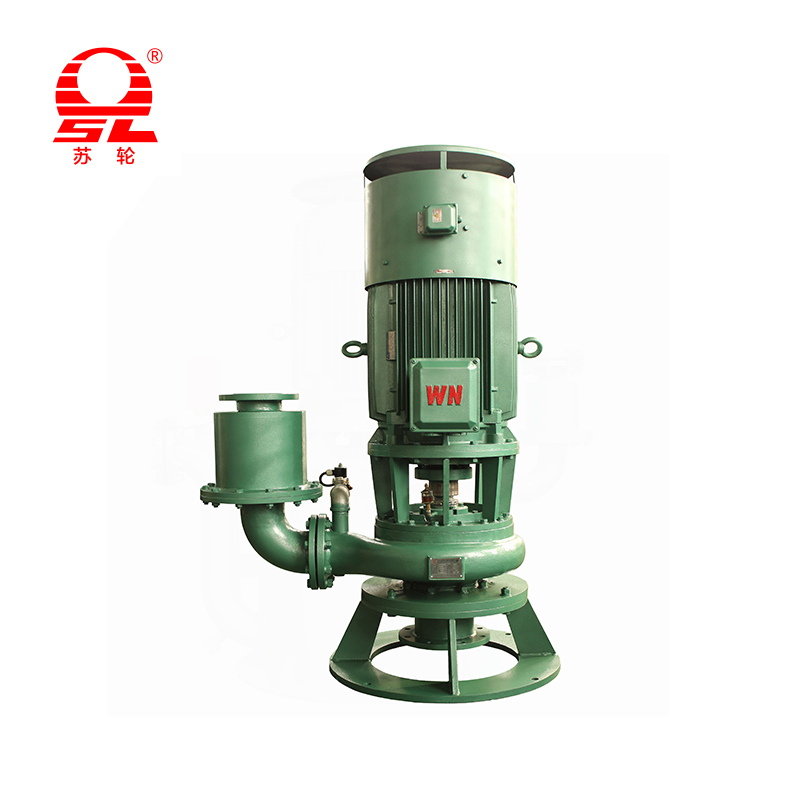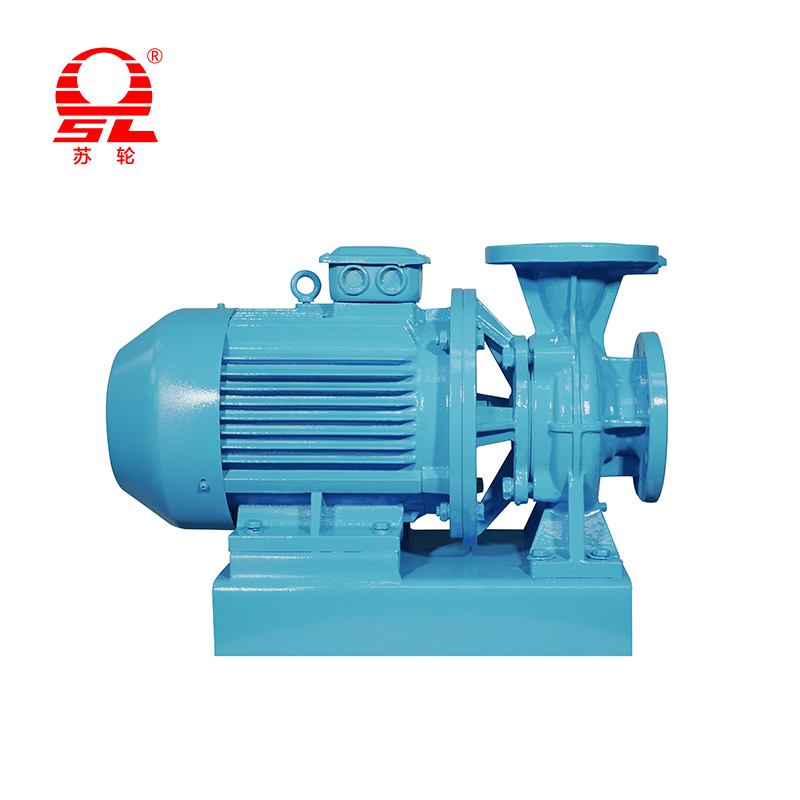What are the factors that affect the water priming time of the self-priming pump
 2025.10.21
2025.10.21
 Industry News
Industry News
The priming time of a self-priming pump refers to the time it takes from pump startup to stable liquid delivery. This time is not only a critical indicator of pump performance but also directly impacts system efficiency, energy consumption, and the life of the pump's mechanical seals and bearings. Excessive priming time can lead to excessive frictional heating during dry-running, potentially damaging components.
Geometric and Physical Parameters of the Suction Piping System
The suction piping is the core area of a self-priming pump, performing its priming function. Its design parameters play a decisive role in priming time.
Suction Piping Length and Diameter: The priming process of a self-priming pump essentially involves discharging air from the suction piping. Longer piping and greater volume increase the total amount of air that needs to be displaced, naturally increasing priming time. Similarly, larger pipe diameters increase volume, negatively impacting priming time. When selecting a pump, it's crucial to balance flow requirements and priming time, choosing the appropriate pipe diameter and the shortest possible length.
Static Lift: The greater the vertical suction lift, the greater the gravitational potential energy the self-priming pump must overcome, and the longer it takes to establish an effective vacuum. Physically, the vertical suction lift is limited by the local atmospheric pressure. The closer the suction lift approaches the theoretical limit (e.g., approximately 10.3 meters at sea level), the more difficult and time-consuming it becomes to prime water.
Friction Loss: Pipeline accessories such as elbows, valves, and strainers generate head loss, increasing system resistance. This increased resistance weakens the vacuum generated on the pump's suction side, slowing gas expulsion and prolonging priming time.
Design Features of Self-Priming Pumps
Unlike standard centrifugal pumps, self-priming pumps have an internal structure optimized for gas-liquid separation and water circulation. These internal features directly determine their priming efficiency.
Pump Chamber Liquid Storage Volume: Self-priming pumps must retain a certain amount of liquid (prime water) in the pump chamber before starting. During startup, this liquid mixes with air in the suction line, forming a gas-liquid mixture that is expelled by the high-speed rotation of the impeller. Insufficient liquid storage volume prevents the priming cycle from being established effectively, resulting in poor priming capacity. Excessive storage volume increases the pump's volume and the load during startup.
Gas-Liquid Separation Chamber Efficiency: This is the core component of a self-priming pump. During the priming process, the gas-liquid mixture enters this chamber. Liquid settles due to gravity or the action of a baffle and flows back to the impeller inlet for recirculation, while gas is discharged through the air vent. Higher separation efficiency means faster gas expulsion and shorter priming time.
Impeller-Wear Plate Clearance: The priming capacity of a self-priming pump is highly sensitive to the clearance between the impeller and the front wear plate or volute. Excessive clearance can cause liquid from the high-pressure area to leak back into the low-pressure area, significantly reducing the pump's vacuum generation capacity and priming efficiency. This is the primary reason for prolonged priming time after long-term pump wear.
Recirculation Port Design: The size and location of the recirculation port connecting the high-pressure and low-pressure zones affect the flow rate of the water priming cycle. Improper design can lead to inefficient gas-liquid mixing or excessive liquid leakage, slowing the priming process.
Influence of the Medium and Operating Environment
The physical properties of the pumped liquid and environmental conditions significantly restrict the priming performance of a self-priming pump.
Liquid Temperature and Vapor Pressure: As liquid temperature increases, its saturated vapor pressure increases. In the low-pressure environment on the pump suction side, high-temperature liquids are more likely to vaporize. This cavitation, or flashing, consumes the pump's effective volume, hindering gas discharge, prolonging priming time, and potentially causing priming failure.
Media Viscosity: High-viscosity liquids, such as certain oils or slurries, experience high flow resistance in pipelines and slow separation from air within the pump chamber. This impacts the formation and separation of the gas-liquid mixture, significantly increasing priming time.
Altitude: The higher the operating altitude, the lower the atmospheric pressure. This directly reduces the maximum theoretical suction lift of a self-priming pump and diminishes the driving force that propels the liquid upward, slowing the process of establishing a vacuum and lifting the liquid.
Optimizing the priming time of a self-priming pump is a complex issue involving fluid mechanics, structural design, and systems engineering. Meticulous control and accurate prediction of these factors are key to ensuring efficient and reliable operation of the pump system.

+86-0523- 84351 090 /+86-180 0142 8659

 English
English русский
русский عربى
عربى bahasa Indonesia
bahasa Indonesia










